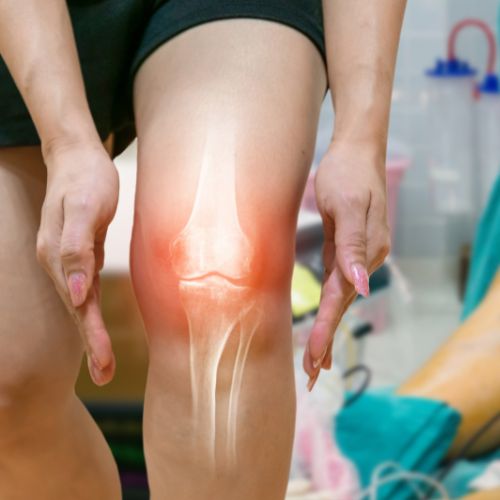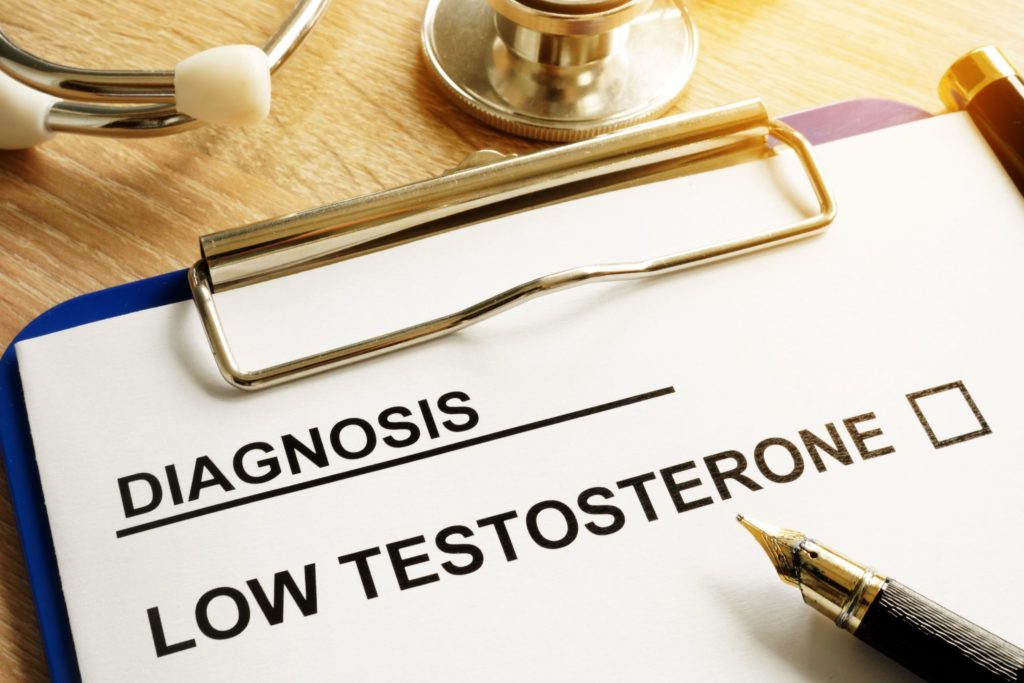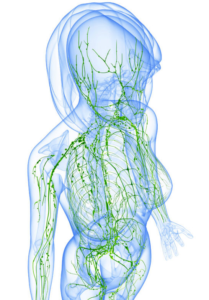Ondamed Biofeedback
Understanding Biofeedback: A Mind-Body Technique
Biofeedback is a technique that utilizes visual or auditory feedback to help individuals gain control over their involuntary bodily functions. It can help you gain voluntary control over your heart rate, muscle tension, blood flow, pain perception, and blood pressure. This technique involves using device sensors to monitor specific bodily functions and provide feedback to the user.
Understanding Biofeedback and Its Benefits
Biofeedback is a technique that involves making subtle changes to the body, resulting in the desired effect. These changes may involve relaxing specific muscles, slowing down heart rate or respiration, or reducing feelings of pain. By doing this, people can improve their physical, emotional, and mental health. Biofeedback can also help individuals manage the symptoms of an underlying condition.

According to the Association for Applied Psychophysiology and Biofeedback, biofeedback is a process that allows people to modify their physiological activity to enhance their health or performance. With the help of precise measuring instruments, information about the body’s functions is relayed to the individual.
By using this information in conjunction with changes in thinking, emotions, and behavior, desired physiological changes can be achieved. The changes can be sustained over time even without continued use of the instrument.
Biofeedback’s Versatile Applications
Some of the areas where biofeedback has been used include:
-
Treating tension headaches, migraines, and other pain
-
Controlling high and low blood pressure
-
Alleviating digestive disorders such as irritable bowel syndrome
-
Helping patients control physical reactions to stress or anxiety
-
Aiding in relaxation and stress management
-
Chronic pain-back and muscle pain, gastrointestinal issues
-
EEG feedback has also been shown to be beneficial in managing symptoms of certain brain injuries
and attention deficit disorder, and there is some evidence suggesting it might be efficacious in depression and post-traumatic stress disorder. -
Identifies imbalances in the body
-
Identifies thousands of substances that negative impact your body and health
-
Discover the Supplements, Herbs, and Minerals That Are Right for Your Body
Managing Stress and Its Symptoms with Biofeedback

Biofeedback Machines
How Does Ondamed Work?
ONDAMED: A Biophysics Induction Device for Improved Healing
The ONDAMED is a specialized device that uses focused pulsed electromagnetics and biofeedback to treat the body. Practitioners use functional medicine to uncover hidden physiological and emotional symptoms, pinpoint their precise location in the body, and apply systemic therapeutic stimulus accordingly. With customized treatment methods, the ONDAMED can kickstart the body’s immune function and healing process, leading to improved overall health.
Bioscan
BioScan, is a cutting-edge, automated software-based analysis tool designed to identify over 285,000 types of imbalances, disorders (both physical and psychological), destructive substances (poisons, toxins, bacteria, fungi, viruses, parasites, allergens), and deficiencies in an objective manner. This non-intrusive test can pinpoint weaknesses in the body, including those that are genetically inherited, by analyzing a hair sample.














